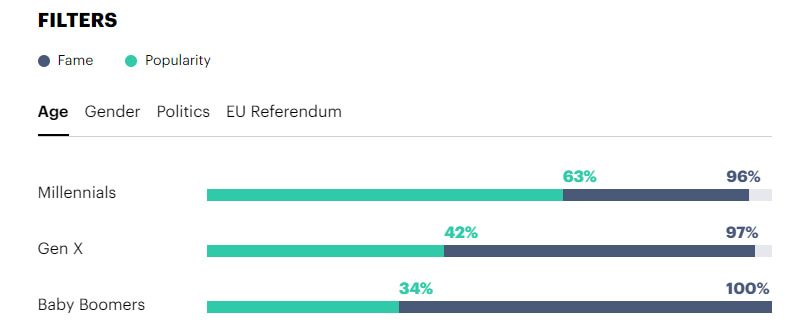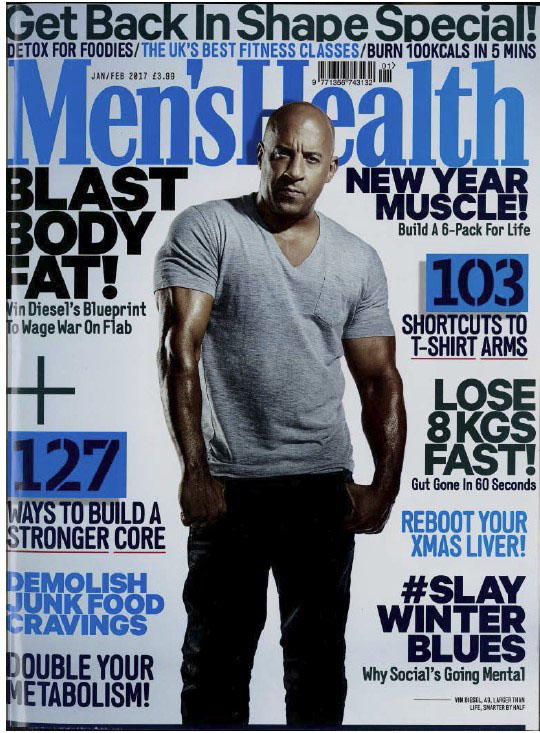The Voice, founded in 1982, is a British national African-Caribbean newspaper operating in the United Kingdom. The paper is based in London and was published every Thursday until 2019 when it became monthly. It is available in a paper version by subscription and also online.
Representation
Before the introduction of The Voice, the black press in Britain targeted first-generation immigrants. Newspapers, such as The Caribbean Times and West Africa, kept the diaspora up to date about news about the old countries. The Voice was different. It wanted to publish stories which were relevant to the second generation who were born and raised in Britain.
They were eager to create a countertype to the negative portrayals of black people often represented in the mainstream media. This was particularly important after the civil unrest across England in 1981.
David Hesmondhalgh believed companies involved in cultural industries were motivated by profit rather than a duty to public service broadcasting. No one was going to invest in a newspaper which targeted a niche audience unless it was going to make money. However, the social and political context of the early 1980s offered the founder of The Voice, Val McCalla, an opportunity to raise the funds needed for such a risky venture.
Barclays Bank was being heavily criticised for its investments in South Africa where racial segregation was institutionalised in a system known as apartheid. In a bit of impression management, the bank attempted to counteract the negative publicity by showing support for African-Caribbean causes.
postcolonialism – Paul Gilroy
It is worth mentioning Margaret Thatcher’s concern in 1978 that the UK “might be rather swamped by people of a different culture”.5 Then, in 1981, the Metropolitan Police began “Operation Swamp”, using stop and search powers to arrest members of the public who had not even committed a crime. Of course, a disproportionate number of people from the African-Caribbean community were taken into custody, prompting accusations that the police were motivated by racism
Stuart Hall – Stereotypes
Audience
In We The Media, Dan Gillmor (2004) explored the changes in the news industry. He argued grassroots journalists were a serious threat to the monopolies enjoyed by big media conglomerates. The “official” news organisations are no longer writing the “first draft of history” because “the audience is learning how to get a better, timelier report”.
This sort of citizen journalism is a good example of Clay Shirky’s concept of mass amateurisation.
The Voice will struggle to be heard by an audience who prefer the quick and easy comment culture of social media rather than long-form journalism.
Clay Shirky’s concept of mass amateurisation:
New digital technologies and social media has made connecting and collaborating incredibly easy. We want to like, follow, tweet, repost, cross-post, comment, review and subscribe. When we create our own content on our smartphones and share our thoughts with the world, the difference between producer and consumer becomes increasingly difficult to define. It is the end of audience.





